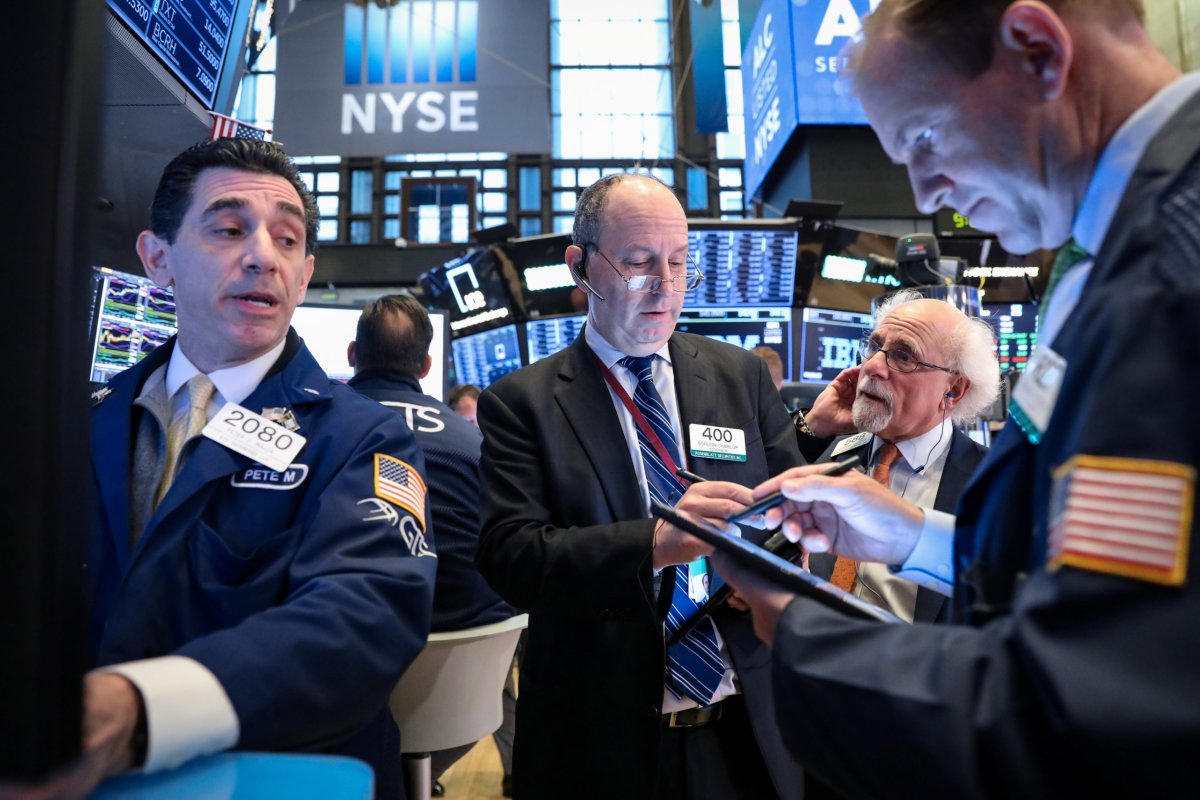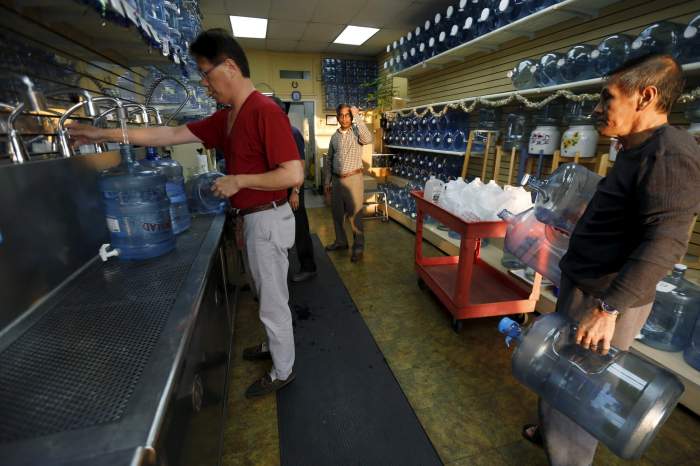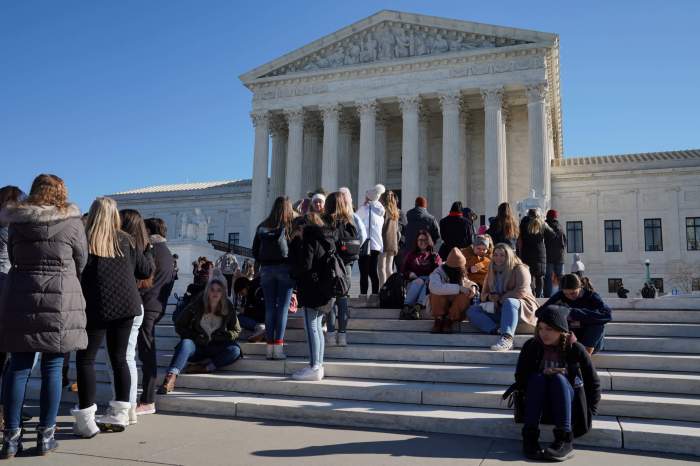By Stephen Culp
NEW YORK (Reuters) – The S&P 500 ended little changed on Thursday as growing anxiety over a global economic slowdown offset upbeat data and investors waited for earnings season to kick into high gear.
In choppy trading, the Nasdaq and the Dow closed lower, with healthcare stocks weighing on all three major U.S. stock indexes.
“You have these tug-of-war days where nothing much happens,” said Chuck Carlson, chief executive officer at Horizon Investment Services in Hammond, Indiana. “It’s reflecting people waiting more information, like corporate earnings.”
On the economic front, initial jobless claims dropped last week to their lowest level since 1969, while in March, producer prices made their biggest gain since October, according to separate reports from the U.S. Labor Department.
The upbeat data could ease worries of a sharp global economic downturn reaching U.S. shores, a concern reflected in minutes from the Federal Reserve’s March meeting released on Wednesday.
As reporting season begins, analysts expect S&P 500 first-quarter profits to have dropped 2.5% year-on-year, their first contraction since 2016.
But Carlson wonders if those estimates are overly pessimistic. “Does (the market) think earnings are going to be better than analysts think? We’ll get a first taste of that from the banks tomorrow.”
Financial stocks were up 0.6% ahead of a string of earnings reports from six major U.S. banks. JPMorgan Chase & Co and Wells Fargo & Co are due to report on Friday, followed by Citigroup Inc and Goldman Sachs Inc on Monday and Bank of America Corp and Morgan Stanley on Tuesday.
The Dow Jones Industrial Average fell 14.11 points, or 0.05%, to 26,143.05, the S&P 500 closed flat at 2,888.32 and the Nasdaq Composite dropped 16.89 points, or 0.21%, to 7,947.36.
Of the 11 major sectors of the S&P 500, seven closed in the black.
Healthcare stocks were by far the biggest drag, falling 1.2% a day after U.S. Senator Bernie Sanders introduced a “Medicare for All” plan to Congress, and the Senate Finance Committee concluded a hearing to discuss the role pharmacy benefit managers play in drug pricing.
“I’m a bit surprised we’re seeing that kind of reaction to these proposals that for the time being aren’t going anywhere,” Carlson added. “Maybe it’s foreshadowing a change.”
UnitedHealth Group Inc weighed heaviest on the Dow, falling 4.3%.
U.S. Steel Corp dropped 3.2% after Bank of America Merrill Lynch cut its rating on the stock to “underperform.” Peers AK Steel Holding Corp and Steel Dynamics Inc dropped 8.3% and 2.5%, respectively.
Home furnishings retailer Bed Bath & Beyond fell 8.8% as its bleak first-quarter profits raised doubts about its turnaround plan.
Shares of Lyft Inc reversed course, rising 1.5%. Still, the stock is currently trading about 15% below its $72 offer price since its March 29 debut, casting a shadow over rival Uber Technologies’ impending IPO.
Advancing issues outnumbered declining ones on the NYSE by a 1.10-to-1 ratio; on Nasdaq, a 1.21-to-1 ratio favored decliners.
The S&P 500 posted 31 new 52-week highs and 3 new lows; the Nasdaq Composite recorded 64 new highs and 30 new lows.
Volume on U.S. exchanges was 6.00 billion shares, compared to the 7.17 billion average over the last 20 trading days.
(Reporting by Stephen Culp, Editing by Rosalba O’Brien)

























